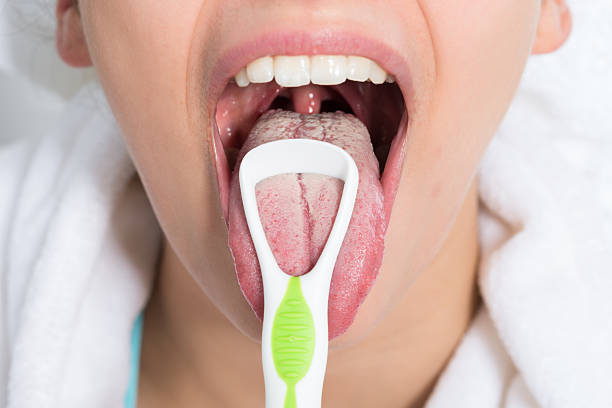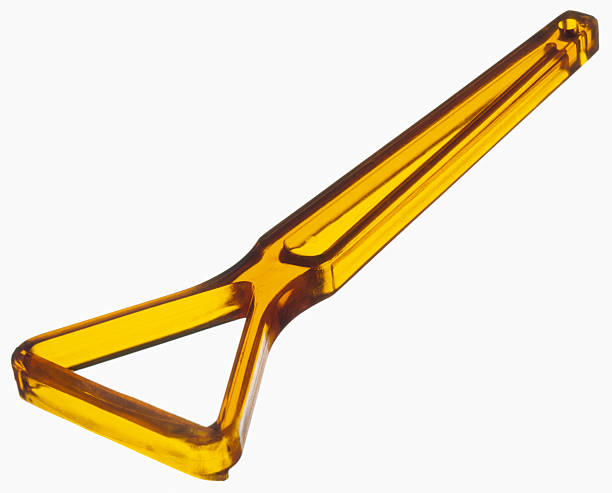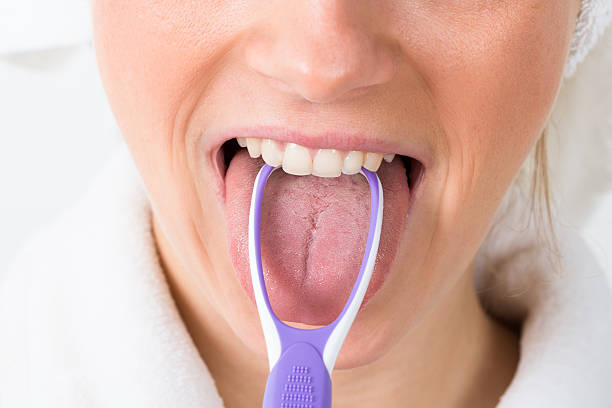Have you ever wondered if tongue scraping is more than just a trend? Is it truly effective in preventing bad breath and reducing the buildup of harmful bacteria in your mouth? In this article, we delve into the world of tongue scraping, exploring its benefits, proper techniques, and whether it lives up to the hype.
What is Tongue Scraping?
Tongue scraping involves using a tool to remove the white or yellowish coating that can accumulate on your tongue over time. This buildup primarily consists of food debris, dead skin cells, and bacteria. Dr. Martinna Bertolini, an assistant professor of dental medicine at the University of Pittsburgh School of Dental Medicine, explains that the tongue’s unique papillae and grooves create pockets where this buildup can thrive.

Image from iStock
Tongue scrapers, typically made of stainless steel, silicone, or plastic, come in various styles. They are designed to efficiently remove this discolored and often smelly coating. But how does it help?
How Does Tongue Scraping Help?
The unpleasant odor associated with tongue buildup is caused by bacterial colonies that find refuge there. Some of these bacteria emit foul-smelling gases, leading to halitosis, or persistent bad breath. According to Ananda P. Dasanayake, a professor of epidemiology at the New York University College of Dentistry, tongue scraping can help combat halitosis by physically removing the source of the odor.

Image from iStock
While there haven’t been numerous studies on the effectiveness of tongue scraping, the existing research provides mixed results. One review from 2010 suggested that tongue scraping and brushing could improve breath odor and reduce tongue coating. However, a 2017 study co-authored by Dr. Isabelle Laleman found no significant difference in bacterial counts or odor among patients with periodontitis who scraped their tongues.
Should You Try It?
Dr. Bertolini recommends tongue scraping primarily to individuals with halitosis, as they are the ones who would benefit most. If you have a history of gum disease, it may also be beneficial in maintaining a lower bacterial load in your mouth. However, if you have good oral health and don’t suffer from bad breath, you may not see significant advantages from tongue scraping.

Image from iStock
Despite this, both Dr. Bertolini and Dr. Dasanayake incorporate tongue scraping into their daily routines. Dr. Laleman, on the other hand, uses it as needed when she experiences bad breath. There are no associated risks with tongue scraping, aside from the potential for discomfort if done too aggressively.
What’s the Proper Technique?
Using a tongue scraper is relatively straightforward. It involves a simple raking motion, requiring at least three or four sweeps to cover the entire tongue. Dr. Dasanayake prefers tongue scrapers with serrated edges for a more thorough clean.
If you don’t have a tongue scraper, you can use a spoon, although it may be less effective at reaching the back of the tongue. Using a toothbrush is generally not recommended, as it may trigger the gag reflex and may not be as effective as dedicated tongue scrapers.
Takeaway
In summary, tongue scraping can be a valuable addition to your oral hygiene routine, especially if you struggle with bad breath or have a history of gum disease. While scientific evidence on its effectiveness is mixed, many individuals report improved breath and a cleaner tongue after incorporating tongue scraping into their daily habits. With no associated risks and affordable options available at local drugstores, it’s worth trying tongue scraping to see if it makes a difference in your oral health and overall well-being.
ALSO READ
Goodbye to Bad Breath in Babies with the Best Tongue Cleaner in Singapore
Have Bad Breath Ever Since You Started Wearing Masks? Here’s How You Can Fix It
Pregnancy Gingivitis and Toothache During Pregnancy? Here’s What Mums-to-Be Need to Know About Taking Care of Their Oral Health